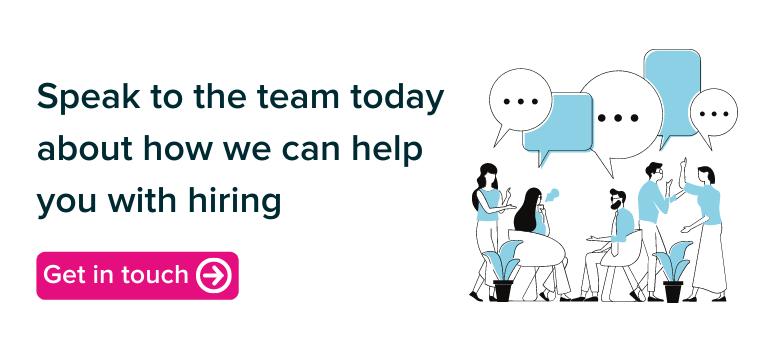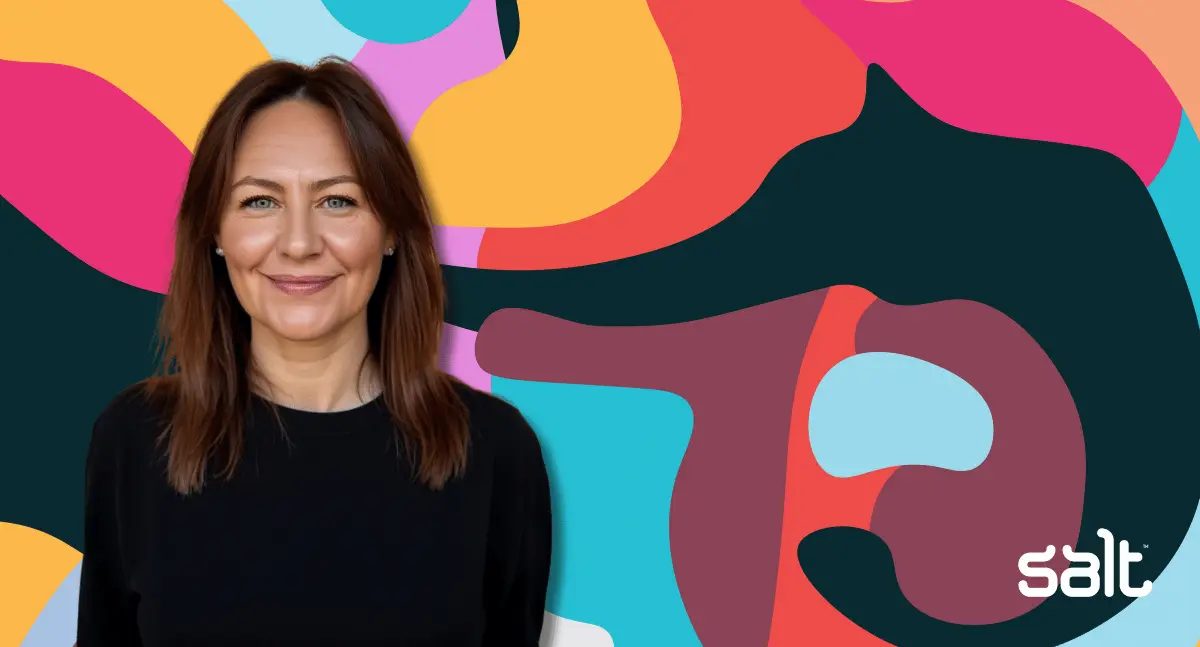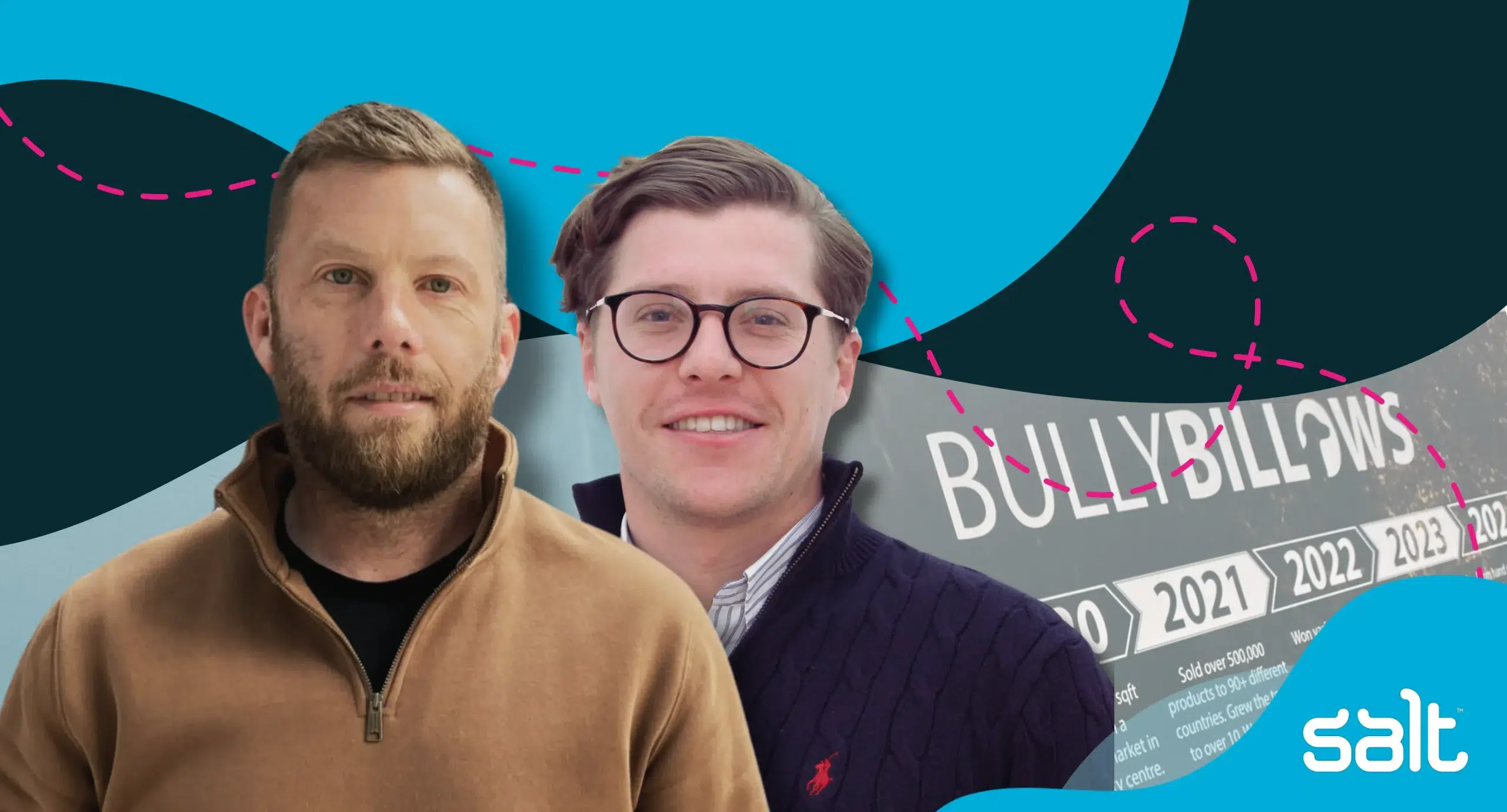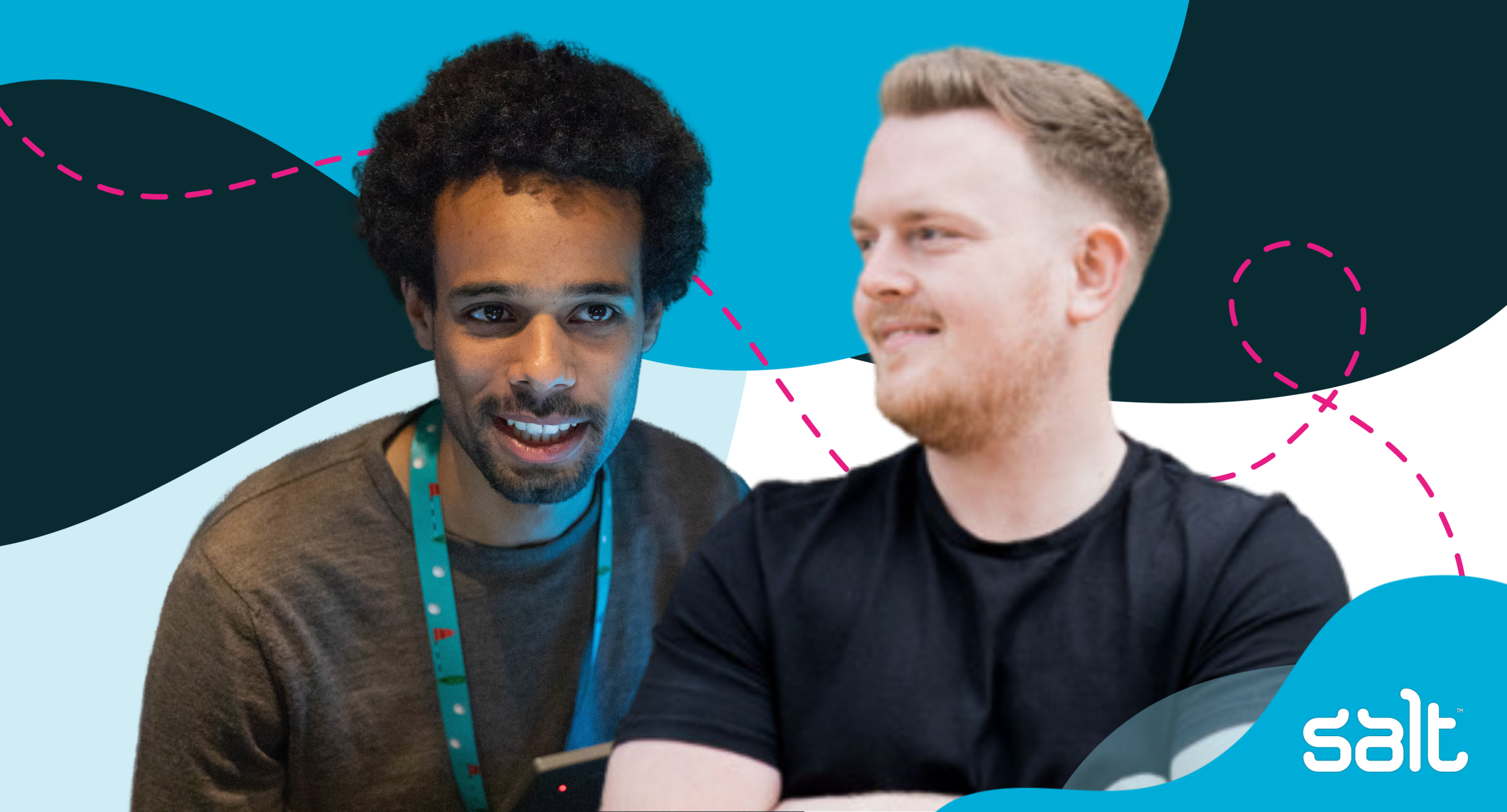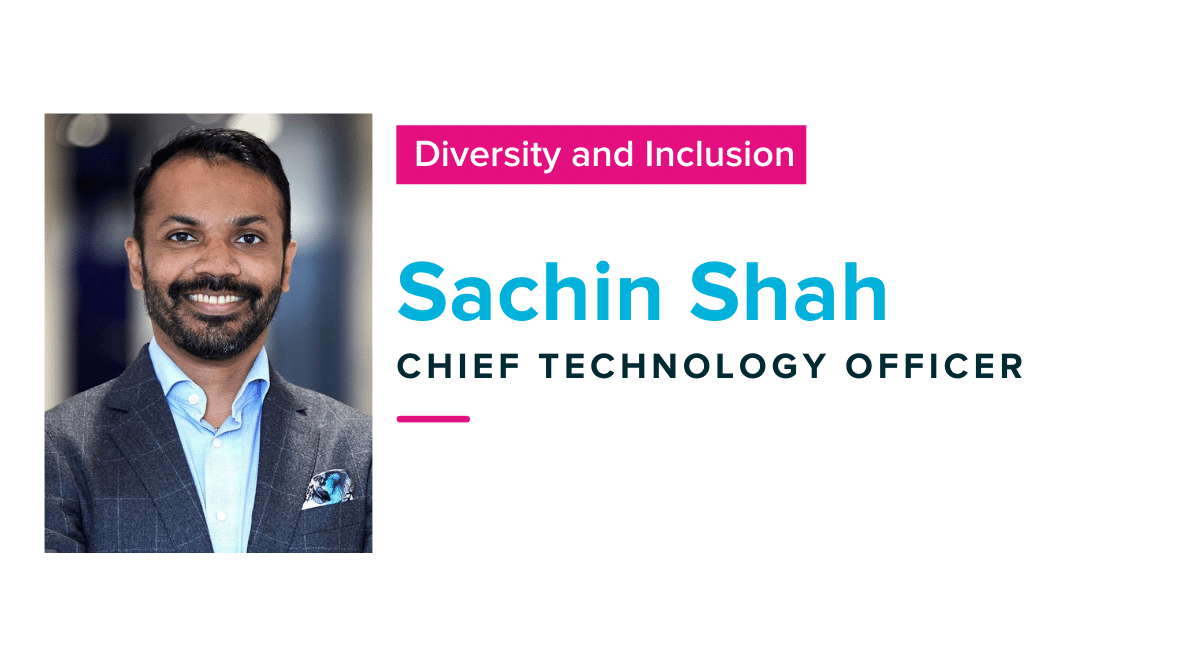
In our latest Diversity and Inclusion interview, we spoke to Sachin Shah, a Chief Technology Officer (CTO) who was born and raised in Mumbai, India. Sachin started his Technology career as a Software Engineer and progressed from Engineering Manager to Senior Architect to CTO. He’s worked with a diverse range of colleagues and clients in companies including Accenture, Qatar Airways, Goldman Sachs, Barclays, Argos, Marks and Spencer, and the Bank of England.
He is passionate about diversity and inclusion and his recent interest and focus is including neurodiversity within organisations. Sachin is a self-motivated individual who focuses on building high-performing, diverse and inclusive teams. In this interview, Sachin explains how technology businesses can make their hiring experience more inclusive for candidates.
Thanks for joining us for this interview Sachin. What would you say that diversity, equity, and inclusion mean to you?
Inclusion, to me, means creating a culture and working environment where no one or their opinion feels less valued. Diversity comes in various forms; teams and organisations should be representative of the world we live in.
During my time at Accenture, I participated in influencing the diverse and inclusive culture through the implementation of various programmes, including reverse mentoring, hosting breakfasts, lunch and learn sessions, and storytelling campaigns.
Whilst driving a diversity agenda, some of the key lessons I learned included:
1) Do not be afraid to ask about a topic that you do not know much about, in a respectful way! For example, LGBTQ+, neurodiversity, mental health challenges.
2) Verbalise your support for diversity and “normalise” the conversation.
3) The development of an inclusive culture within a team is a constant effort, not a one-off.
What techniques do you think companies should be using to make their interview process more inclusive?
Companies should consider the mechanisms that they use to reach candidates. If they are not able to reach a diverse audience, it is unlikely they will see diverse candidates in an interview.
One way that companies can try to be more inclusive is to consciously plan to have a diverse set of people talking to candidates. However, this can be tricky when you are trying to change the landscape of your business. You will need to think of creative solutions such as bringing in someone external to co-interview or taking the time to explain to candidates what your future plans are.
With the use of technology in general and AI specifically, there are several platforms in start-up ecosystems that significantly improve candidate experience and aim to remove unconscious bias. For example, there is an agency that I am aware of that proactively builds a diverse team of talent-ready professionals for companies to leverage as contractors. Companies are then able to “test the water” in terms of their work practices and processes before scaling out. This approach may be useful if the company is looking to bring a neurodiverse workforce into its tech team. This would allow companies to build an inclusive environment before they bring more people on board.
One of the campaigns that we ran in my previous company was the “Your Story” campaign which ran both internally and externally. We asked people to write their stories with specific emphasis on their past and present experiences, with diversity front of mind. For people within the team, it allowed them to relate their experience with someone else in the team, normalise the topic, and provide role models. Externally, this allowed us to highlight the inclusive culture and communicate that DE&I was not just a “tick box” exercise. This improves not only your retention rate but candidate funnel.
Engaging experts in the DE&I field or tools to assess how diverse and inclusive your job descriptions are may also help when trying to improve your funnel of candidates. There are tools that can be used to make sure that your job descriptions are gender-inclusive and allow candidates to express if they need extra support through the hiring process.
Conversations around neurodiversity in the workplace and in the interview process are becoming more common. What do you think that employers can do to create a more inclusive experience?
It needs to start with education to understand the struggles and needs of neurodiverse people. Whilst there is a range of different neurodiverse conditions, companies should aim to have a general understanding of the most common struggles.
For example, when specifying skillset, having too much focus on spelling and grammar when a role does not require this particular skill to do the job, may hinder neurodiverse people applying or getting through the interview process.
Companies could also adopt different approaches to job descriptions, such as using video instead of text. If you require a cover letter, consider accepting different formats as people can be more visual and get across their skills more effectively than a cover letter. When people get through to an interview, make sure there is an option for them to disclose any specific needs from the offset.
How do you think that employers can improve the candidate experience when interviewing?
Employers can improve the candidate experience by making sure their staff participate in continuous training programmes that include different aspects of diversity. This will help them be more aware of the unique needs that people may have and therefore know how to provide an equal opportunity.
Empathy is particularly important, although difficult to train! It needs to be led by example within the team culture so that the hiring manager can apply that to the interview process as well.
If there was one piece of advice that you would give to employers, what would it be?
Be mindful that everyone is not the same, diversity is good for team morale, creativity and ultimately business. It is important for business leaders to stop and evaluate whether their organisation is diverse enough and put an action plan in place to make improvements.
This interview is part of our monthly Diversity and Inclusion series. You can read more of our diversity and inclusion interviews here.
